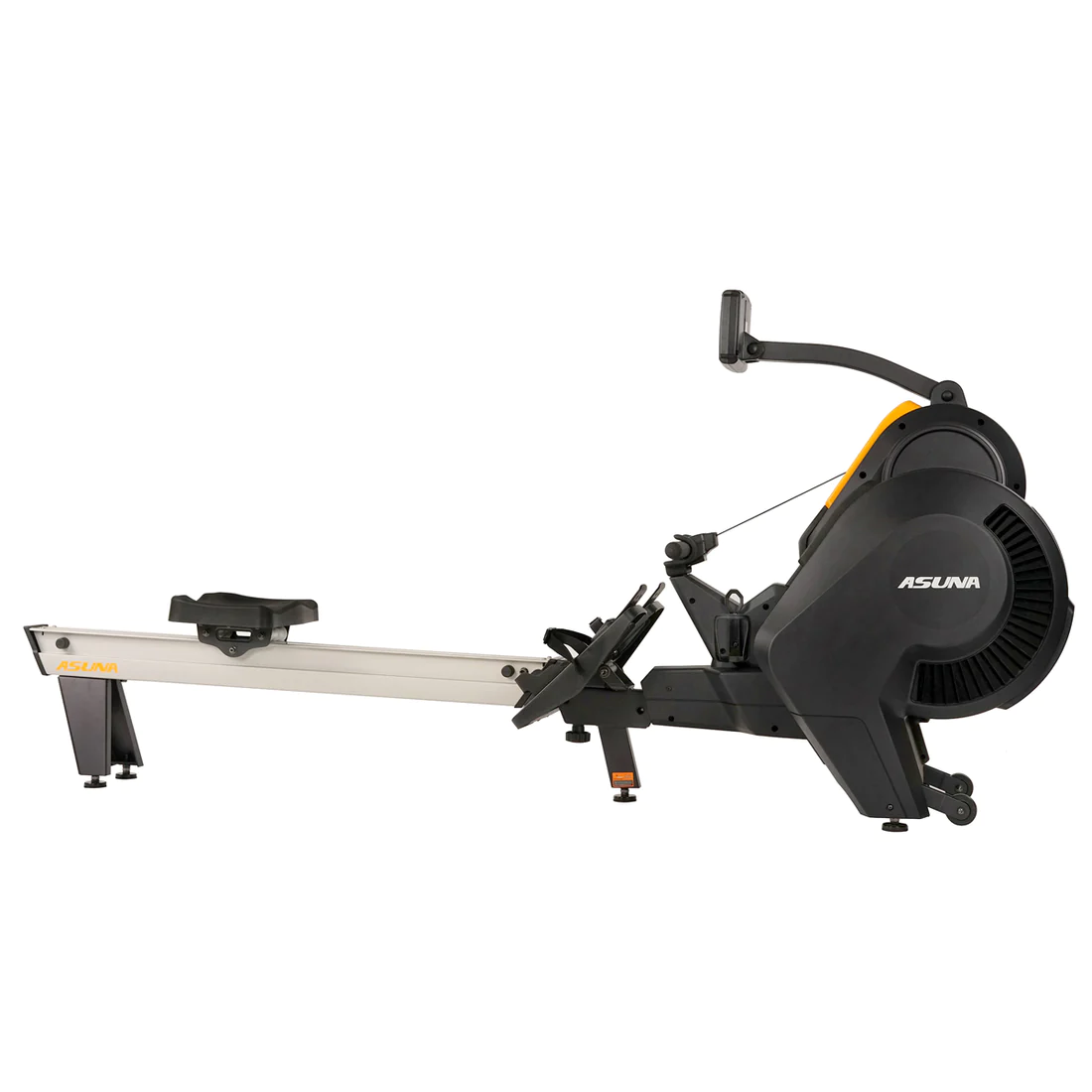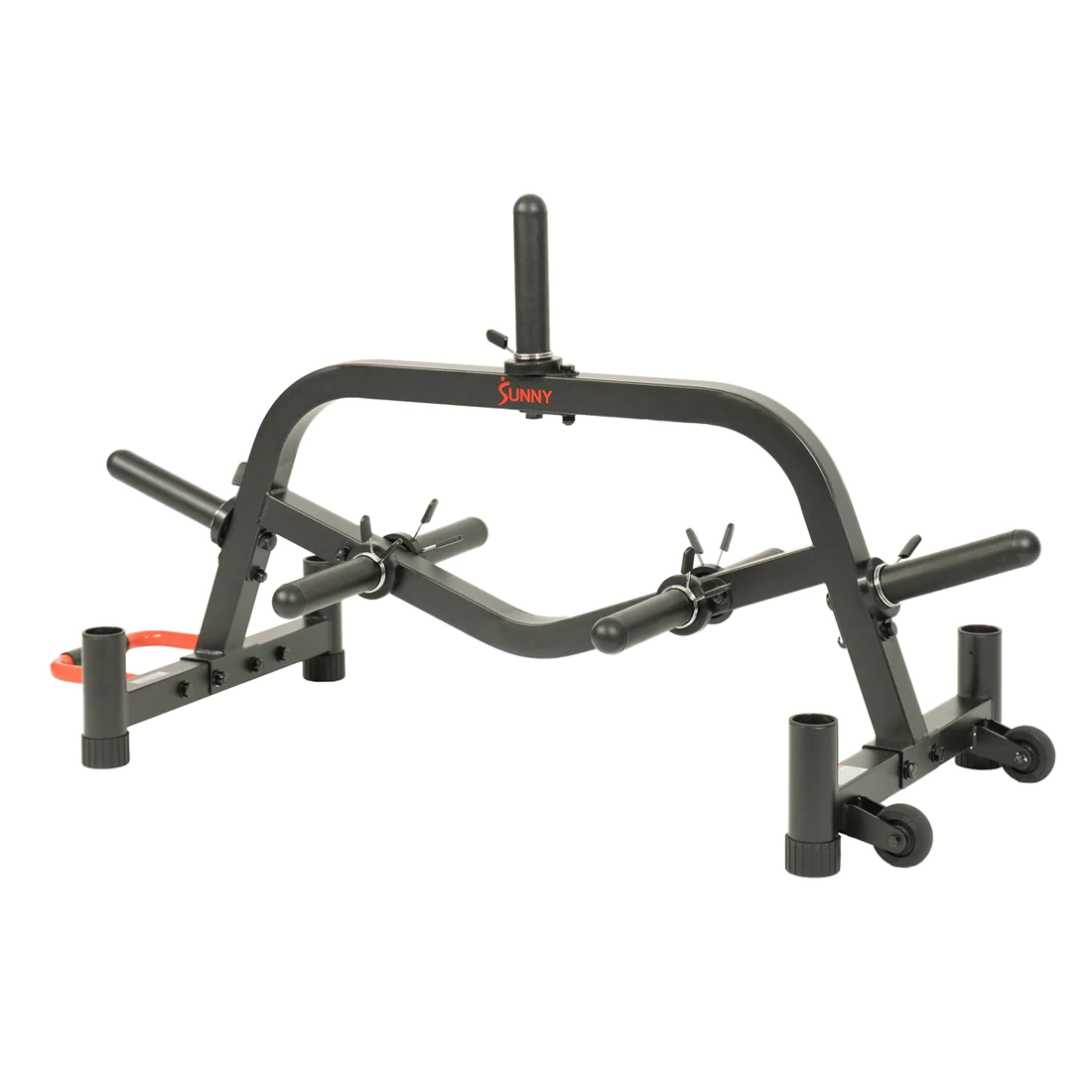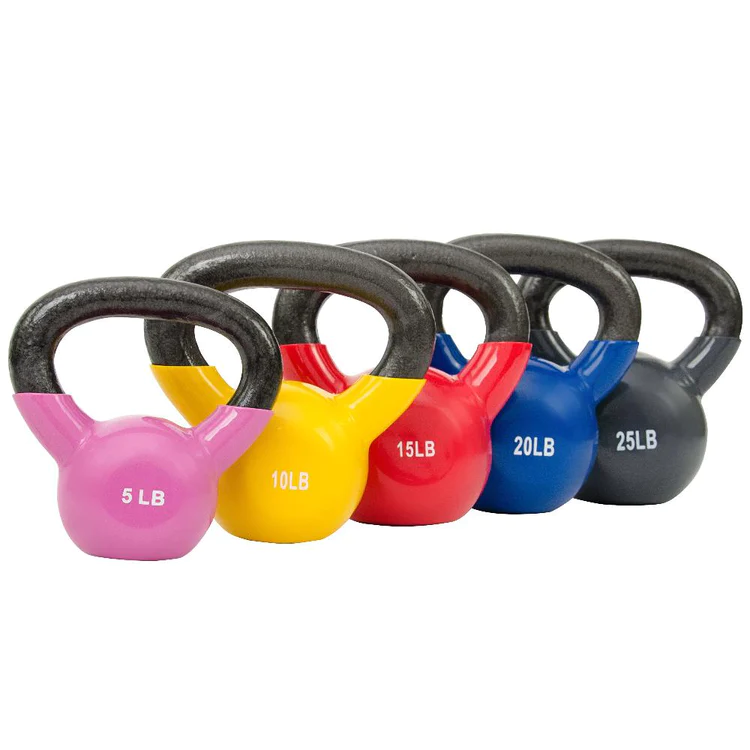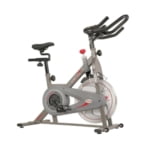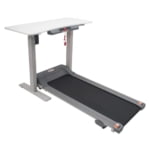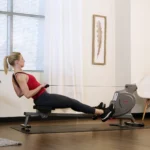Are you in quest of a powerful way to shape your buttocks? Your search ends with the hip thrust! This workout specifically focuses on and enhances the muscles in your buttocks, promoting both increased size and strength. Also referred to as the gluteal bridge, the hip thrust is a strength training exercise crafted to activate the glutes. It involves lying on your back with your feet planted on the ground and lifting your hips upward toward the ceiling, employing your glutes to execute the motion.
Integrating Hip Thrusts into Your Workout
For individuals looking to strengthen their glute muscles, the hip thrust is a valuable addition. Begin with your body weight and gradually incorporate weights and different variations. Fitness Professionals recommend starting with a lower number of repetitions and sets, like 2 sets of 8 reps, and then gradually escalating the intensity.
Correct Technique for Hip Thrusts
- Utilize a yoga mat or towel for support beneath your back.
- Place yourself on the mat with your upper back and shoulders firmly against the surface. Keep your feet hip-width apart, flat on the ground, and your knees bent.
- Activate your glutes to raise your hips towards the ceiling, ensuring a strong squeeze at the pinnacle of the movement.
- Lower your hips back to the initial position while sustaining engagement in your glutes.
- Repeat the sequence.
As you progress, contemplate increasing either the weight or the number of repetitions to consistently challenge your glutes. Nevertheless, Ashok underscores the significance of warming up before commencing any workout routine and recommends seeking advice from a certified personal trainer or healthcare professional to address potential concerns regarding injuries.
Common Errors in Hip Thrusts:
1. Arching your back
Maintain a neutral spine to avoid arching during the movement.
2. Not engaging glutes
Concentrate on squeezing your glutes at the peak of the movement.
3. Lifting too high
Prevent unnecessary strain by avoiding excessive lifting of your hips.
4. Using the lower back
Ensure reliance on your glutes, not your lower back.
5. Not enough weight
Gradually increase weight for optimal results and muscle challenge.
6. Knees collapsing
Preserve proper alignment to prevent injuries.
7. Improper breathing
Exhale while lifting, inhale while lowering for improved form and enhanced core engagement.
Enhancing Effectiveness with Added Weights
Interested in elevating the impact of your hip thrusts? Fitness Professionals recommend integrating weights like barbells, dumbbells, or resistance bands to increase resistance and provide a greater challenge for the glutes. Initiate with lighter weights and gradually advance as you build strength and familiarity with the exercise.

7 Variations of Hip Thrusts
To add diversity to your workout routine, introduce these hip thrust variations:
1. Single-leg hip thrusts
Elevate one leg to intensify glute activation, improve balance, and challenge stability.
2. Banded hip thrusts
Incorporate a resistance band to enhance tension and activate the glutes more effectively.
3. Barbell hip thrusts
Use a barbell for increased resistance and a more demanding exercise session.
4. Elevated hip thrusts
Lift your feet onto a bench to expand the range of motion and boost glute activation.
5. Weighted hip thrusts
Integrate dumbbells, kettlebells, or a barbell to introduce additional resistance.
6. Frog pumps
Lie on your back with feet together, knees out, lifting and lowering hips to target both glutes and inner thighs.
7. Glute bridge march
Lift one leg at a time in a bridge position to enhance glute activation and add a stability challenge.





